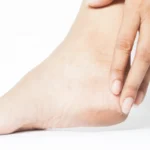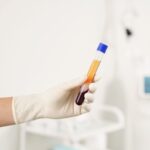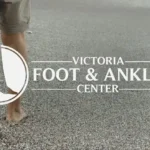PRP injections for pain relief use your body’s natural healing abilities in cool ways. Our team at Victoria Foot & Ankle Center has seen this innovative therapy speed up healing by concentrating platelets from your blood. These concentrated platelets release powerful growth factors that help repair damaged tissues in the foot and ankle.
What is PRP and how does it work?
Your blood contains components that are the foundations of PRP therapy. Victoria Foot & Ankle Center uses this treatment to help patients recover from foot and ankle problems effectively.
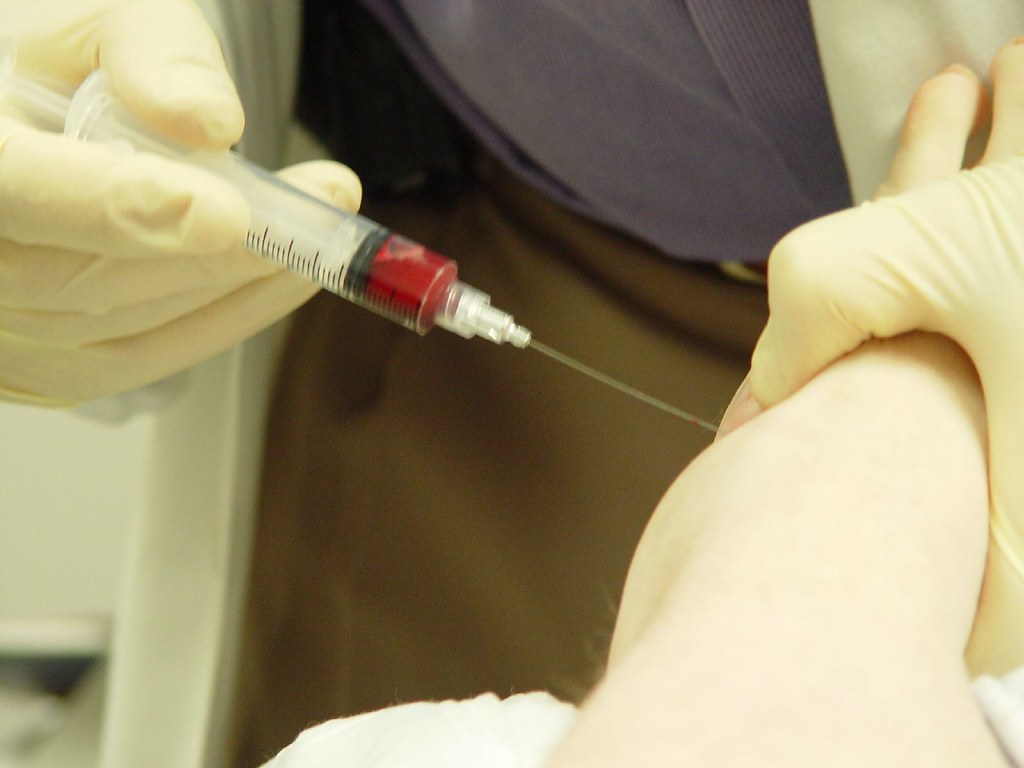
Understanding platelets and plasma
Blood has several core components, and platelets are important for healing throughout your body. These tiny cell fragments work as natural first responders to injury. Platelets do more than form blood clots. They contain more than 30 bioactive proteins with healing properties. The liquid portion of your blood is plasma. Water and proteins make up most of plasma, which carries red blood cells, white blood cells, and platelets throughout your body. These components work together to create a powerful healing combination.
How PRP is created from your blood
We create PRP right in our office through a simple process. The process starts when we draw a small sample of your blood (typically 30cc) and add an anticoagulant called acid citrate dextrose-A (ACD-A). This prevents platelets from activating too early.
Your blood sample then goes through a specialized centrifuge. This device separates blood components by their density through high-speed spinning. A first spin separates red blood cells. A second spin concentrates the platelets in plasma.
The final solution contains 5-10 times more platelets than normal blood. This concentration makes your blood’s natural healing properties even stronger.
Conditions PRP injections can help treat
At Victoria Foot & Ankle Center, PRP injections have helped treat many foot and ankle conditions that cause ongoing pain and limit mobility. Let us explain where PRP therapy can make the biggest difference in patient care.
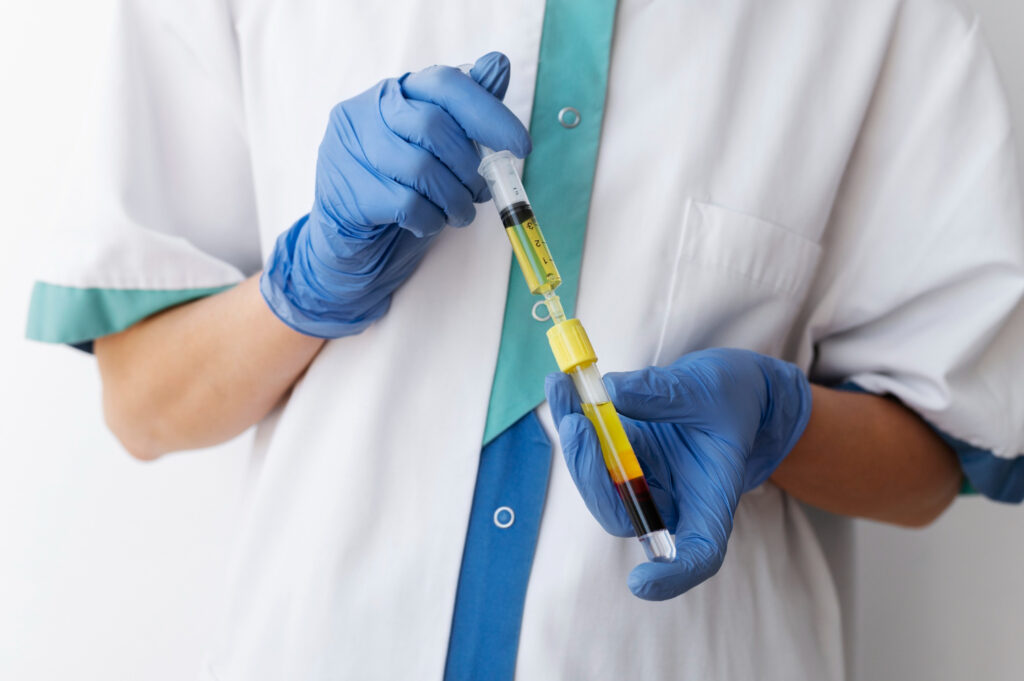
Heel pain and plantar fasciitis
Plantar fasciitis can be tough to treat when it becomes chronic. PRP injections give effective relief for this condition. On top of that, clinical trials showed PRP injections worked better than corticosteroid injections for plantar fasciitis over time. Many patients see major improvements in their pain and function scores. The American Orthopedic Foot and Ankle Society (AOFAS) scores usually go up by about 22.33 points after PRP treatment. PRP starts the healing process again in damaged tissue, which makes it great for stubborn heel pain.
Arthritis in the foot and ankle
About 3.4% of adults have ankle osteoarthritis, and it affects younger patients more often than knee and hip osteoarthritis. PRP injections help control arthritis symptoms by changing the joint environment and reducing inflammation. The growth factors can do quite a few things!
- Reduce inflammation
- Slow down osteoarthritis progression
- Help form new cartilage
- Boost natural lubricating fluid in the joint
Tendon and ligament injuries
PRP helps treat tendon injuries by building cellular repair right at the damage source. Achilles tendinitis, peroneal tendonitis, and posterior tibial tendonitis respond well to this treatment. PRP injections speed up healing for ligament injuries like ankle sprains and tears. They deliver concentrated growth factors straight to the damaged area. These factors boost collagen production and that helps repair ligaments.
Chronic joint pain
PRP often helps patients with chronic joint pain when other treatments haven’t worked. The therapy triggers short-term inflammation that starts healing, boosts collagen production, and builds cellular renewal. PRP can lower long-term joint inflammation, so it helps relieve ongoing pain. This makes it valuable for patients who want alternatives to surgery or long-term medication.
Post-surgical recovery support
PRP injections can improve recovery after foot and ankle surgery. Research shows PRP therapy results in a few things
- Fewer complications after surgery
- Lower infection rates
- Less pain after surgery
- Faster healing of wounds
What to expect during and after a PRP injection
Understanding PRP injections at Victoria Foot & Ankle Center will help you prepare better and set the right expectations during your healing process.
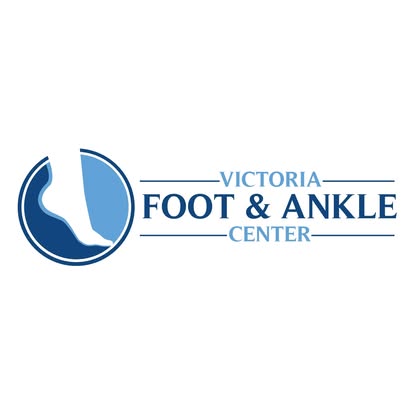
The injection process step-by-step
The PRP procedure takes less than an hour as an outpatient treatment. We start by drawing a small blood sample (15-50 ml) from your arm, like in a routine blood test. Your sample goes into a centrifuge that spins at high speed to separate platelets from other blood components. The concentrated platelets mix with an anticoagulant to prevent clotting. We apply a numbing medication to keep you comfortable. Dr. Eberly then uses ultrasound guidance to inject the PRP where your injury is.
How long does it take to feel relief?
Your body heals through three distinct stages with PRP. The first week brings an inflammatory phase where some extra pain is normal. New tissue forms during weeks 2-4 as pain slowly gets better. You’ll likely see the most important improvements between 6-8 weeks, with the best results showing up 3-6 months after treatment. Unlike cortisone shots that mask pain right away, PRP heals gradually but lasts longer.
Recovery and aftercare tips
After your PRP injection, drink plenty of water and eat meals that keep you fed. Stay away from baths, pools, or hot tubs for 48 hours. Skip anti-inflammatory drugs and use acetaminophen if you need pain relief. Put ice on the area for 15-20 minutes every 2-4 hours in the first few days.
Do You Need PRP Injections?
PRP injections have been a breakthrough in foot and ankle care. They give patients a natural healing path that works with their body’s processes, not against them. Your quality of life matters to us, and we know how foot and ankle pain can limit it. If you have a condition that standard treatments haven’t helped, call our team at Victoria Foot & Ankle Center. We can help you learn if PRP injections are the right choice for you.
PRP FAQs
How can I minimize pain during a PRP injection?
To reduce discomfort during PRP injections, your doctor may apply a numbing medication to the injection site. Additionally, using ice pack compression before the procedure can help minimize pain.
What dietary considerations should I keep in mind for PRP treatment?
To optimize the effectiveness of PRP therapy, focus on consuming foods that promote healthy blood production. Include folate-rich foods like dark leafy vegetables in your diet, as folate (vitamin B9) can support cell growth and reproduction.
How can I manage swelling after a PRP injection?
To reduce swelling after a PRP injection, apply ice packs or cool compresses to the treated area for 10-15 minutes at a time. If possible, elevate the treated area. Avoid excessive heat exposure such as hot showers as it may increase swelling and discomfort.
How many PRP sessions are typically required for foot and ankle conditions?
Most patients with foot and ankle conditions require 3-4 PRP sessions, typically spaced 4-6 weeks apart. However, the number of sessions can vary depending on the specific condition and individual response to treatment.



